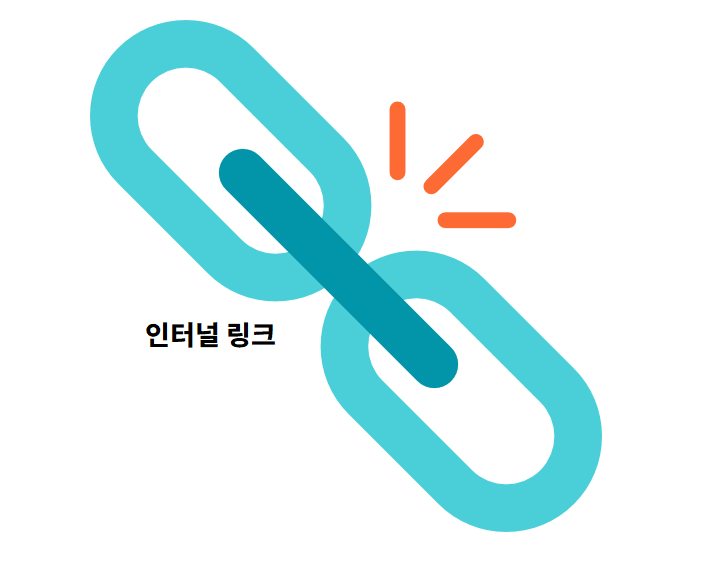Introduction
In the realm of website optimization, few techniques wield as much influence as internal linking. This article delves into the world of internal links, also known as 인터널 링크, exploring their profound impact on SEO and user engagement. We’ll uncover the strategic approach to harnessing the potential of internal links and boosting your website’s performance.

Define Purpose
Before embarking on your journey into the world of internal links, it’s essential to define their purpose and understand why they matter. Here are the primary objectives behind the incorporation of 인터널 링크:
Elevating User Engagement
Internal links serve as signposts within your website, guiding visitors to relevant pages and content. By making navigation intuitive, you can increase user engagement and encourage visitors to explore your site thoroughly.
The Art of Internal Linking
Creating effective internal links is both an art and a science. To optimize your website, consider these strategic approaches to internal linking:
Strategic Anchor Text
The text used for your internal links should be descriptive and include relevant keywords. This not only aids navigation but also bolsters your SEO efforts.
Contextual Relevance
Ensure that internal links are contextually relevant to the content they accompany. Irrelevant links can confuse readers and hinder the overall user experience.
Maintaining Balance
Avoid overloading your content with excessive internal links. Strive for a balanced approach, including links that genuinely enhance the user’s journey.
Consistency Is Key
To ensure ease of recognition for users, maintain a standardized format for your internal links. Consistency helps users navigate your site more efficiently.
SEO Advantages
Apart from enhancing user experience, internal links play a crucial role in SEO. Search engines utilize them to crawl and index your website effectively, potentially boosting your rankings.
Conclusion
In conclusion, mastering the art of internal linking can significantly enhance user engagement and optimize your website for search engines. By understanding their purpose, strategically implementing them, and recognizing their SEO benefits, you can create a seamless and user-friendly web experience that leads to improved website performance.
FAQs
Here are some common questions related to internal links:
How many internal links should I include on a single page?
The ideal number of internal links depends on the page’s length and content. As a general guideline, aim for 2-5 internal links per 1000 words of content.
Is it acceptable to use the same anchor text for multiple internal links?
While using the same anchor text for multiple links is possible, diversifying your anchor text can provide more context and relevance to both users and search engines.
Should I prioritize user experience or SEO when implementing internal links?
Striking a balance between user experience and SEO is essential when using internal links. A better user experience can lead to improved SEO performance.
Can I update or remove internal links over time?
Yes, you can and should update and remove internal links as needed. Keeping your internal linking structure fresh and relevant benefits both users and search engines.
Are there any tools to assist with internal link optimization?
Yes, several tools and plugins can aid in internal link optimization. Examples include Yoast SEO for WordPress and Screaming Frog SEO Spider for comprehensive site analysis.
How do internal links affect mobile SEO?
Internal links are equally crucial for mobile SEO as they are for desktop SEO. Ensuring a seamless user experience on mobile devices with well-placed and responsive internal links is essential for overall website performance.
